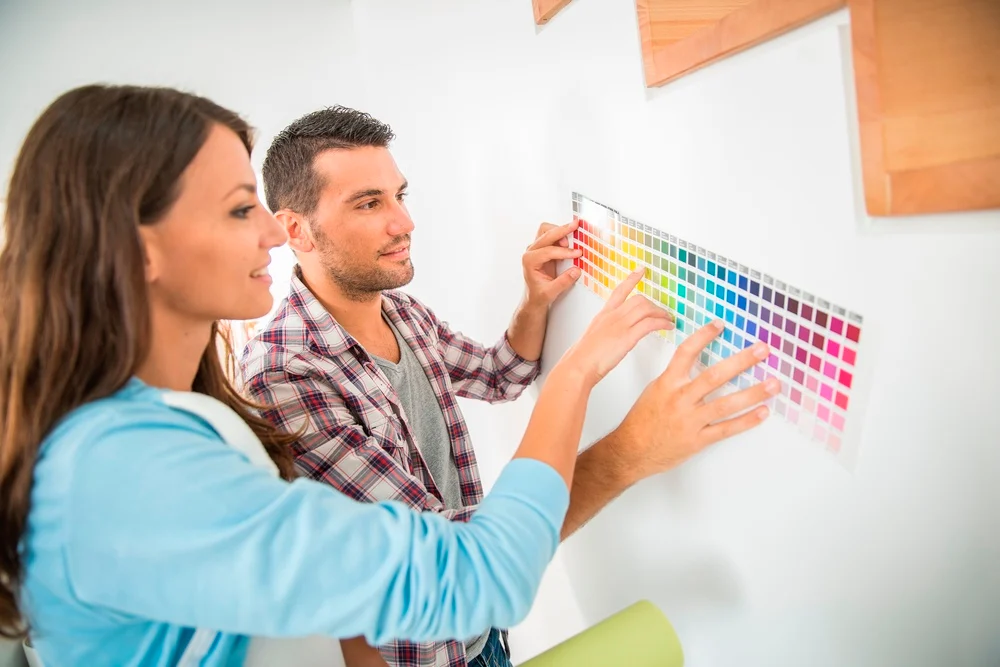
The Psychology Behind Color Choices in Your Home
Understanding the Emotional Power of Color
Colors have a profound influence on our emotions, behaviors, and overall sense of well-being. When it comes to home design, color isn’t just about aesthetics—it’s about creating an environment that supports how you want to feel in a space. Warm tones like red, orange, and yellow tend to evoke energy, warmth, and enthusiasm, making them great for social areas like living rooms or kitchens. On the other hand, cooler shades like blue, green, and gray are often associated with calmness and relaxation, which is why they’re ideal for bedrooms and bathrooms. Our personal experiences and cultural backgrounds also shape how we perceive colors. For instance, while white symbolizes purity and simplicity in Western cultures, it represents mourning in some Eastern traditions. Understanding these psychological and cultural nuances helps homeowners select colors that not only look beautiful but also nurture the right emotional atmosphere for daily living.
Creating Balance Through Color Harmony
A well-balanced color palette can transform how a home feels—too much of one color can overwhelm, while thoughtful combinations can create harmony and flow. Designers often use the color wheel to find complementary, analogous, or monochromatic schemes that promote balance. For example, pairing blue with its opposite, orange, creates a vibrant yet pleasing contrast. Soft neutrals, such as beige, cream, and gray, provide a grounding effect that ties brighter accents together. Natural light also plays a crucial role in how colors appear; a warm hue may look inviting in daylight but harsh under artificial lighting. The psychology of balance extends beyond color choice to its placement—using darker tones for grounding elements like flooring and lighter tones on walls can make rooms feel open and cohesive. Achieving color harmony ensures that every space feels intentional, comfortable, and reflective of the homeowner’s personality and lifestyle.
How Color Influences Mood and Behavior
Each color triggers specific emotional and psychological responses that can subtly shape our moods and behaviors. For instance, blue is known to reduce stress and lower blood pressure, making it perfect for bedrooms or home offices. Green, inspired by nature, encourages relaxation and balance, ideal for living areas or reading nooks. Meanwhile, yellow evokes optimism and energy, which can brighten kitchens or entryways but may feel overstimulating in bedrooms. Red increases energy levels and appetite, explaining its popularity in dining rooms, though overuse can sometimes cause restlessness. Neutrals like gray and beige provide a calming backdrop but can feel dull if not paired with accent colors. Understanding these responses allows homeowners to design spaces that align with the desired function of each room—whether it’s focus, relaxation, or socialization. Through mindful color choices, every space can be tailored to support the mental and emotional state you wish to cultivate.
Choosing Colors That Reflect Your Personality
Ultimately, your home should be a reflection of who you are and what brings you comfort. While psychology offers guidance, personal preference should drive your color decisions. Introverted individuals may lean toward soft, soothing hues like pastel blues or muted greens, while extroverts often prefer bold, energizing colors such as vibrant reds or yellows. Earth tones can convey warmth and stability, whereas minimalist whites and grays suggest modern simplicity. Don’t be afraid to blend personal taste with psychological insight—experiment with accent walls, artwork, or textiles to introduce personality without overwhelming the space. Even small touches, like colorful cushions or curtains, can shift a room’s emotional tone. Remember, there are no strict rules—only opportunities to express yourself through thoughtful design. When colors resonate emotionally and reflect your identity, your home becomes more than just a place to live; it becomes a sanctuary that enhances your happiness and well-being.



